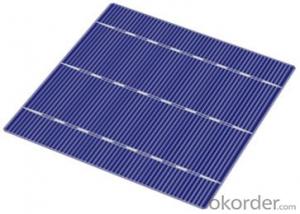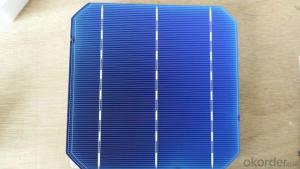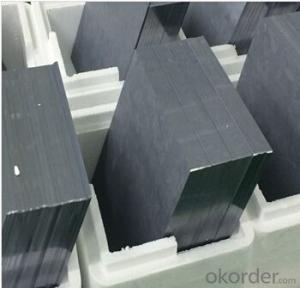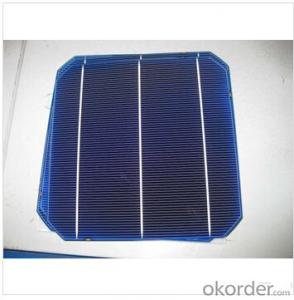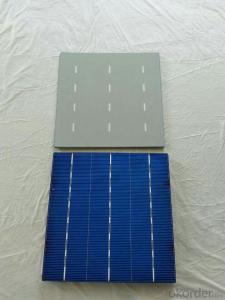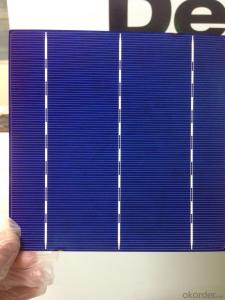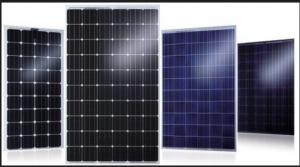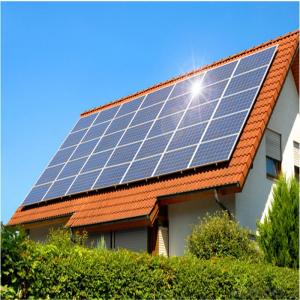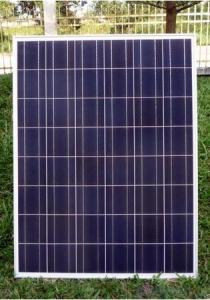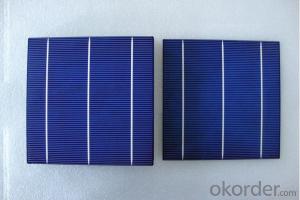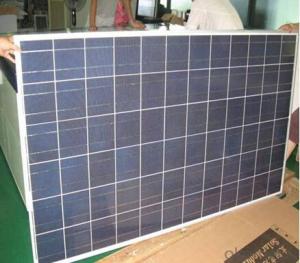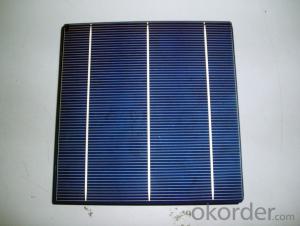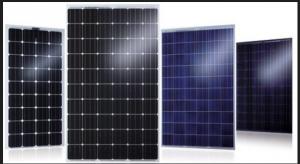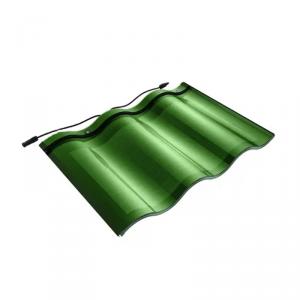3d Solar Cells
3d Solar Cells Related Searches
3d Printed Solar Cells 3rd Generation Solar Cells 3x6 Solar Cells 3 5 Solar Cells Iii V Solar Cells Folding Solar Cells Iii-V Solar Cells Creating Solar Cells Foldable Solar Cells Printed Solar Cells 6x6 Solar Cells Floating Solar Cells Building Solar Cells 1st Generation Solar Cells Photovoltaic Solar Cells Screen Printed Solar Cells Satellite Solar Cells Folding Usb Solar Cells 3 Types Of Solar Cells Solar Cell Module 12 Volt Solar Cells Examples Of Solar Cells Cheap Solar Cells Free Solar Cells Plant Based Solar Cells High Quality Solar Cells Nano Solar Cells 2nd Generation Solar Cells Multilayer Solar Cells Low Cost Solar Cells3d Solar Cells Supplier & Manufacturer from China
3D Solar Cells are a cutting-edge technology in the renewable energy sector, offering a unique approach to harnessing solar power. These advanced solar cells are designed to maximize energy conversion efficiency by utilizing a three-dimensional structure, which allows for increased surface area and better light absorption. This innovative design enables 3D Solar Cells to generate more power than traditional flat solar panels under the same conditions, making them an attractive option for various applications.The application and usage scenarios for 3D Solar Cells are vast, ranging from residential rooftop installations to large-scale commercial and industrial projects. They are particularly well-suited for areas with limited space, as their compact design allows for a higher power output per unit area. Additionally, 3D Solar Cells can be integrated into building facades and other architectural elements, providing both aesthetic and functional benefits. Their ability to capture sunlight from multiple angles also makes them ideal for use in areas with inconsistent sunlight or partial shading.
Okorder.com is a leading wholesale supplier of 3D Solar Cells, boasting a large inventory that caters to the diverse needs of customers worldwide. With a commitment to quality and customer satisfaction, Okorder.com ensures that each 3D Solar Cell product meets the highest industry standards. By offering competitive prices and reliable service, Okorder.com has established itself as a trusted source for 3D Solar Cells, helping to drive the adoption of this innovative technology in the global market.
Hot Products

